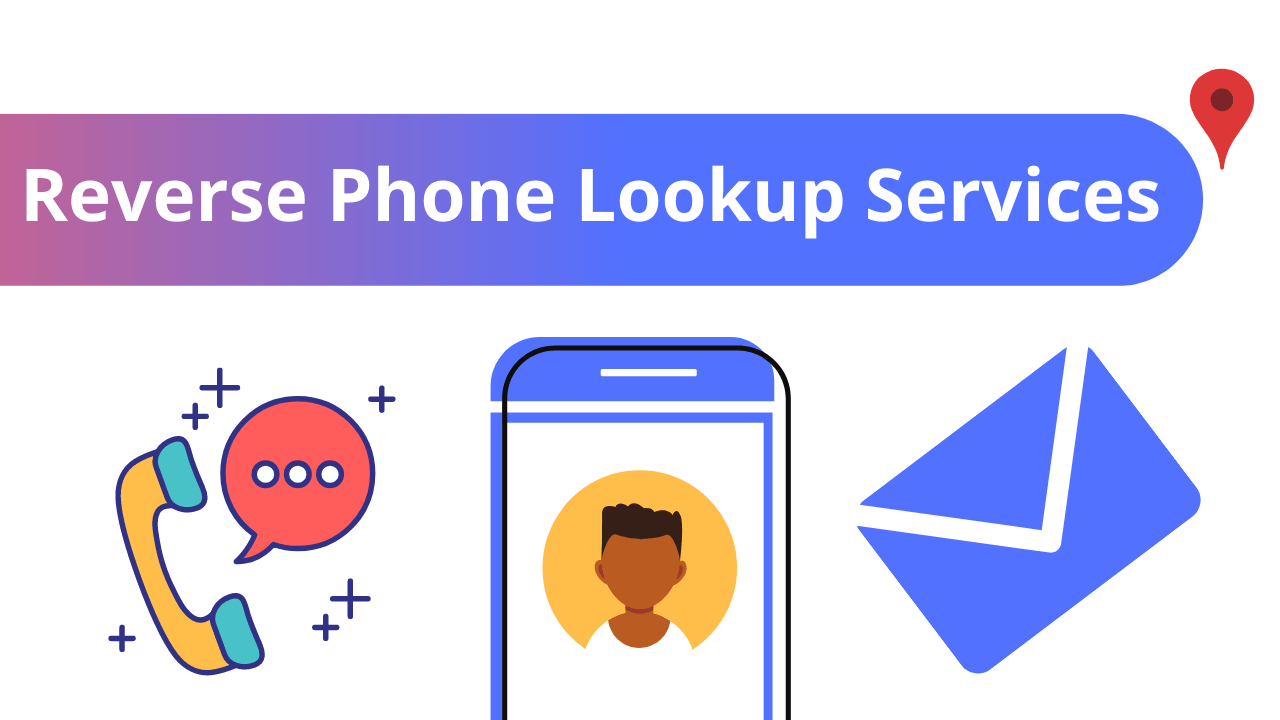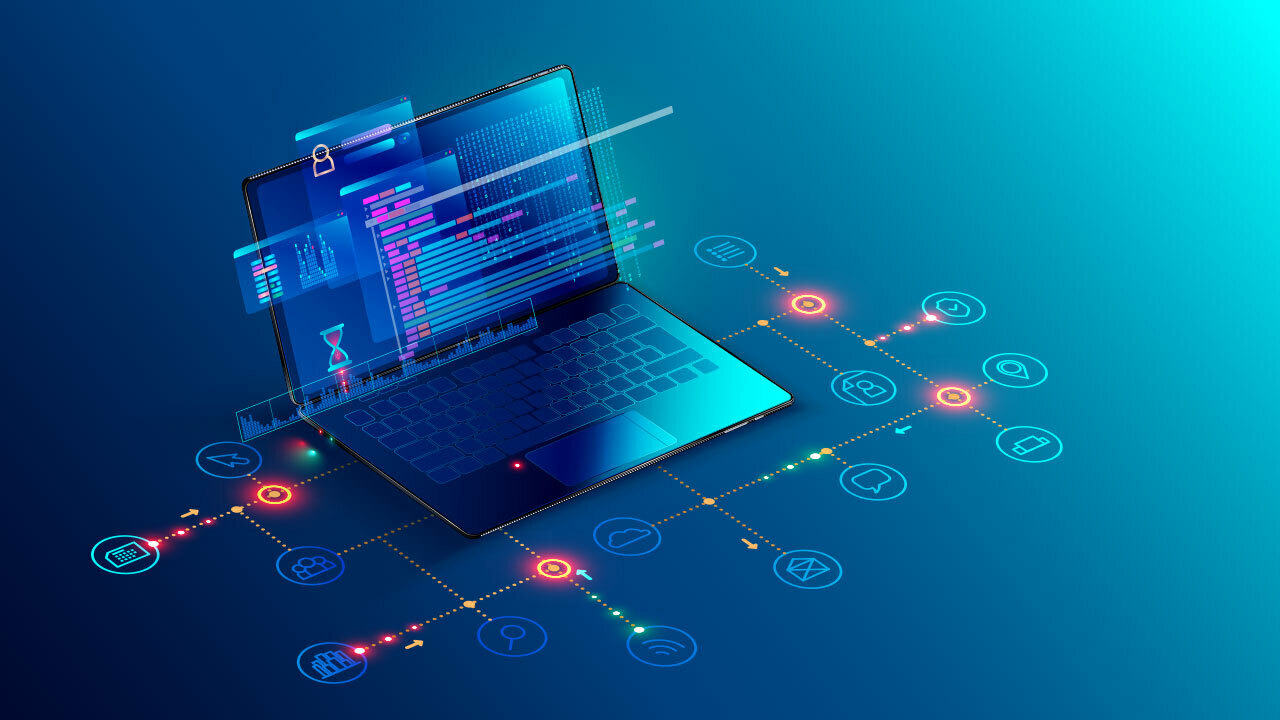
SaaS (Known as Software as a Service) is a software delivering model that focuses on providing hosted programs on a subscription basis. SaaS has become a popular new way for start-ups and/or family-ran businesses to access messaging, offices, payroll processing, customer service, development and human resource programs without paying for the software in full. The SaaS industry has achieved over $10 billion in revenue and is utilized by leading enterprise software companies such as Microsoft and Adobe. SaaS is most popular in human resource and customer service departments. This service belongs to a conglomerate of services known as cloud computing; Cloud computing also contains services such as Infrastructure as a Service, Platform as a Service, Desktop as a Service and more. More can be learned about Software as a Service and cloud computing at https://www.salesforce.com/what-is-cloud-computing/.
One may be wondering, what are the benefits of subscribing to use software compared to buying it outright? The first obvious benefit is that sometimes businesses cannot afford to buy software that updates every year and continues to cost more and more. Another immediate benefit is that installation and configuration is already handled as soon as the subscription for the software is paid, meaning that the software can be used ASAP; This cut down on labor costs that would traditionally be used to set up whatever software is purchased. Companies also don’t have to buy expensive new hardware to handle high-end software and they do not have to maintain an expensive system, all of this is instead left to the SaaS provider.
This isn’t the end of SaaS’s benefits though, as software hosted on the cloud is always ran on a high-end machine with high capacity. There is also the fact that SaaS is updated automatically without any additional charges, something that the traditional software industry still fails to do to this day as upgrade packages typically need a charge; An example of this is Adobe charging for each new Creative Suite release. Another overlooked benefit is that subscription-based software typically offers customer service on the fly and examples and instructions to use the software provided with the subscription. Subscriptions can also be cancelled when a company needs a different piece of software or no longer needs that software’s function in general, meaning that there are almost no lost costs when using SaaS compared to traditional software licensing.
Software provided through a subscription usually also has a free trial available, letting companies determine if they will need the software before purchasing it. Security costs also go down with SaaS as the software and its data is stored securely off-site by the provider; There is also the significant benefit of having data backed-up automatically as you work, because of this a company no longer must worry about losing data to on-site power outages or hardware failures. Some SaaS vendors also provide significant customization of software API, letting businesses optimize the software as they see fit and building it into something specifically for their business.




